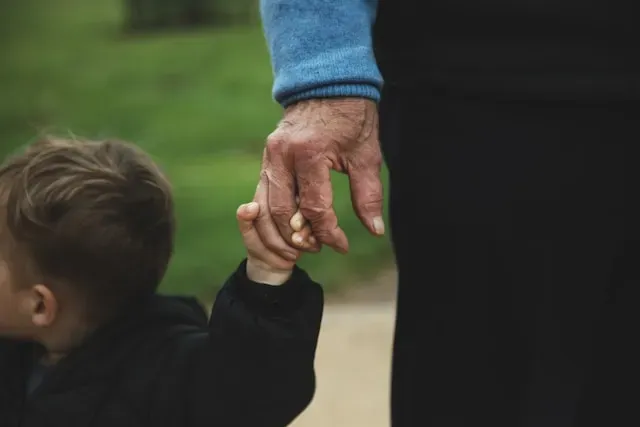
Attachment-based Therapy
Discover healing through attachment-based therapy. Foster secure connections and emotional well-being.
Get carepatron free
Commonly asked questions
The effectiveness of Attachment-based Therapy techniques varies, but commonly employed ones include Journaling, Narrative Therapy, and Mindfulness practices to enhance emotional awareness and reshape relational patterns.
Attachment-based Therapy exercises that patients can practice anywhere include mindfulness techniques, emotion-focused self-reflection, and journaling to foster self-awareness and promote secure emotional connections.
With the guidance of a therapist, Attachment-based Therapy is suitable for kids, and attachment-based play therapy activities are particularly effective in helping children express and understand their emotions.







